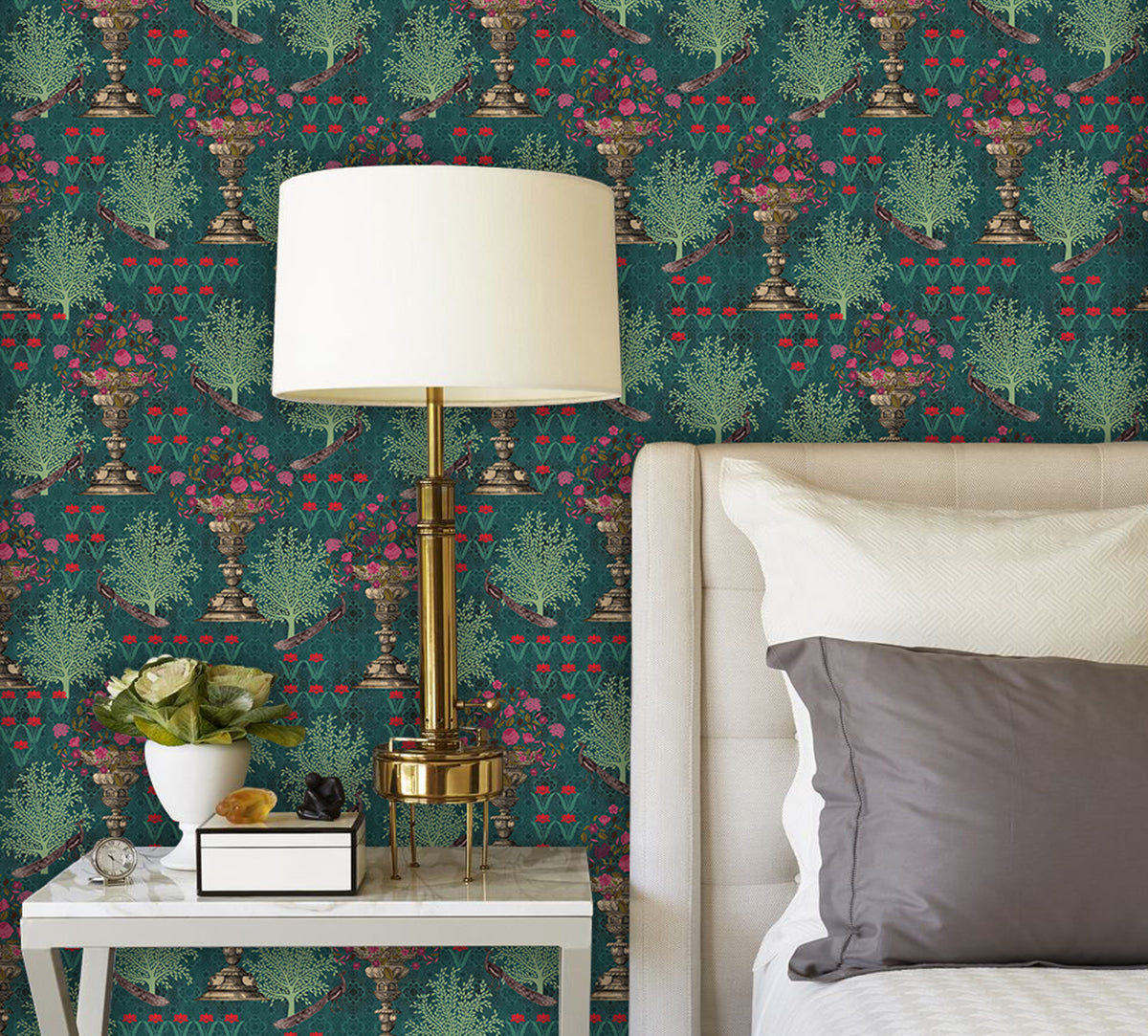Embossing on fabric is a decorative technique that involves creating raised or depressed designs on the surface of the fabric. It adds texture and visual interest to the fabric, enhancing its appearance and tactile quality. The history of fabric embossing dates back centuries and has evolved over time.
Historical Background

The exact origins of fabric embossing are unclear, but it has been used in various cultures throughout history. In ancient times, fabric embossing techniques were employed by civilizations such as the Egyptians, Greeks, and Romans. They used tools like stamps, rollers, and heated metal plates to create embossed designs on fabrics.
During the Renaissance period in Europe, fabric embossing gained popularity as a way to embellish textiles. Artisans used engraved copper plates or wooden blocks to transfer patterns onto fabric surfaces. The designs ranged from intricate floral motifs to geometric patterns, and they were often applied to luxury fabrics like silk and velvet.
Development and Modern Applications

With the advent of industrialisation, fabric embossing techniques became more refined and accessible. The Industrial Revolution introduced mechanized processes for embossing, such as calendering and roller printing. These methods allowed for large-scale production and brought fabric embossing into mainstream fashion and textile industries.
Today, fabric embossing is still widely practised and has expanded to incorporate various materials and techniques. Modern embossing methods involve heat, pressure, or a combination of both to create raised or recessed designs. Embossing can be done on a wide range of fabrics, including cotton, polyester, leather, and synthetic blends.
In contemporary fashion, embossed fabrics are used to add texture and dimension to garments, accessories, and home furnishings. They can be found in applications like upholstery, curtains, handbags, shoes, and decorative trimmings. Embossing techniques have also been adopted in the automotive and interior design industries to create unique and visually appealing surfaces.
Advancements in technology have further expanded the possibilities of fabric embossing. Computer-aided design (CAD) systems and digital printing technologies enable precise and intricate embossed patterns. Additionally, the use of laser technology allows for more detailed and customizable designs.
The current scenario of fabric embossing showcases a blend of traditional techniques and innovative approaches. Designers and manufacturers continue to explore new materials, textures, and applications, pushing the boundaries of what can be achieved through fabric embossing.
In conclusion, fabric embossing has a rich history that spans across cultures and centuries. From ancient civilizations to modern industries, it has evolved as a versatile and enduring decorative technique. With advancements in technology and design, fabric embossing remains an important element in contemporary fashion, textile, and interior design.







Leave a comment
Please note, comments need to be approved before they are published.